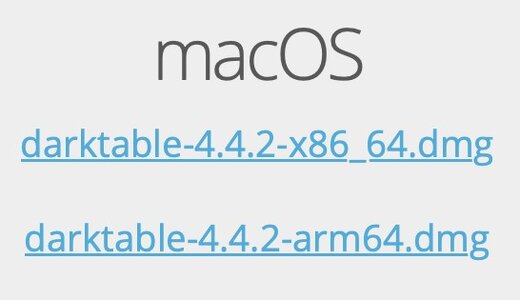T
Tachikaze
Guest
I know how to do basic photo editing, but I want to go deep on raw photo editing using Pixelmator Pro and Photomator on my Mac — and I don’t know where to begin! I need some kind of basic”first steps” guide to raw editing in general. Surely there must be mostly commonalities in the basic functions between Lightroom and all the other similar apps on all platforms.
Example: If I understood the basics of what JPEG processing consists of, I would be able to mimic those steps but without the loss of resolution.
Example: What are the first five things you do when you open a raw photo into your editor of choice?
Your thoughts and suggestions, please?
Example: If I understood the basics of what JPEG processing consists of, I would be able to mimic those steps but without the loss of resolution.
Example: What are the first five things you do when you open a raw photo into your editor of choice?
Your thoughts and suggestions, please?

